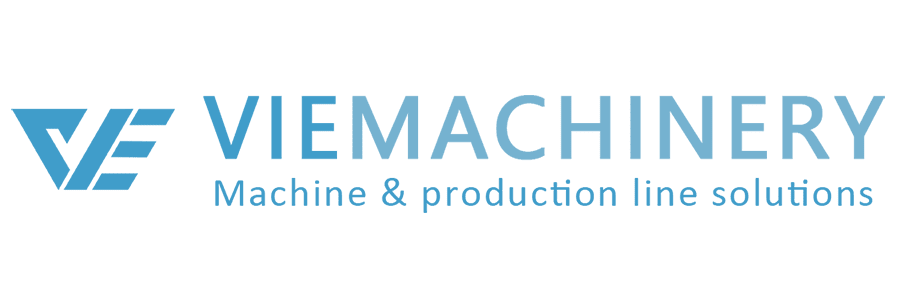Inline digital printing is revolutionizing the way industries approach product packaging and labeling. This innovative technology allows for rapid design changes and direct printing onto various substrates, making it an ideal solution for businesses that require frequent updates to their packaging. Inline digital printing is not only efficient and versatile but also significantly reduces production time and costs by integrating multiple processes in a single pass.
Understanding Inline Digital Printing
Inline digital printing refers to the process of printing directly onto a substrate during the production process. Unlike traditional printing methods, this technology integrates multiple functions such as printing, perforating, die-cutting, folding, and gluing into a single, streamlined operation. This method is particularly beneficial for industries that need to frequently update their product packaging designs.
The Process
Inline digital printing involves the use of advanced digital printers that can handle various tasks in one go. These printers are equipped with high-resolution print heads and sophisticated software that allows for real-time design changes. This means that businesses can quickly adapt their packaging to reflect new branding, promotional offers, or regulatory requirements without the need for extensive setup times or manual intervention.
Benefits of Inline Digital Printing
There are several notable benefits of inline digital printing, making it an attractive option for many businesses.
Efficiency and Speed
One of the primary advantages of inline digital printing is its efficiency. By combining multiple processes into a single pass, production times are significantly reduced. This not only speeds up the overall production cycle but also minimizes the chances of errors, leading to a more efficient workflow.
Cost-Effective
Inline digital printing can dramatically reduce production costs. Because the technology eliminates the need for separate printing and finishing steps, businesses save on labor, materials, and setup costs. Additionally, the ability to make rapid design changes without incurring additional expenses makes it a cost-effective solution for dynamic industries.
Versatility
Inline digital printers, are capable of printing on various substrates, including paper, cardboard, plastic, and metal. This versatility makes them suitable for a wide range of applications, from food packaging to industrial labeling. The ability to print different codes and colors further enhances their utility across different sectors.
Applications of Inline Digital Printing
Inline digital printing is used across various industries due to its flexibility and efficiency.
Packaging Industry
In the packaging industry, the need for frequent updates and customization is paramount. Inline digital printing allows companies to quickly adapt their packaging to reflect seasonal promotions, regulatory changes, or rebranding efforts. This flexibility reduces waste and ensures that packaging is always up-to-date.
Manufacturing
Manufacturers benefit from inline digital printing by being able to print directly onto products or components. This is particularly useful for creating barcodes, QR codes, and serial numbers that are essential for inventory management and traceability.
Retail and Branding
Retailers and brand owners can leverage inline digital printing to create customized and eye-catching packaging that enhances the customer experience. The ability to print high-quality graphics and designs directly onto packaging materials helps brands stand out on the shelves.
FAQ
What substrates can inline digital printers handle?
Inline digital printers can handle a variety of substrates including paper, cardboard, plastic, and metal. This versatility makes them suitable for different applications across various industries.
How does inline digital printing reduce production costs?
By integrating multiple processes into a single pass, inline digital printing reduces the need for separate printing and finishing steps. This streamlines the workflow, saving on labor, materials, and setup costs.
Can inline digital printing accommodate rapid design changes?
Yes, one of the key advantages of inline digital printing is its ability to make real-time design changes. This allows businesses to quickly adapt their packaging or labeling to reflect new branding, promotions, or regulatory requirements.
Is inline digital printing suitable for small and large-scale production?
Inline digital printing is suitable for both small and large-scale production. Its efficiency and cost-effectiveness make it an attractive option for businesses of all sizes.
What industries benefit the most from inline digital printing?
Industries such as packaging, manufacturing, retail, and branding benefit significantly from inline digital printing due to its flexibility, efficiency, and ability to handle various substrates and design changes.
Conclusion
Inline digital printing offers numerous benefits for businesses looking to streamline their production processes and reduce costs. Its efficiency, versatility, and ability to handle multiple processes in a single pass make it an attractive option for various industries. By adopting this innovative technology, companies can stay ahead of the competition and quickly adapt to changing market demands.


Sweet-Balloons.co.uk is a helpful resource for anyone planning home parties or small event decorations.